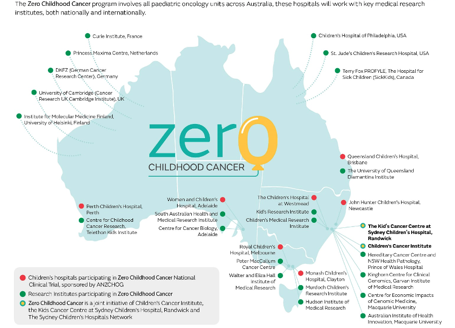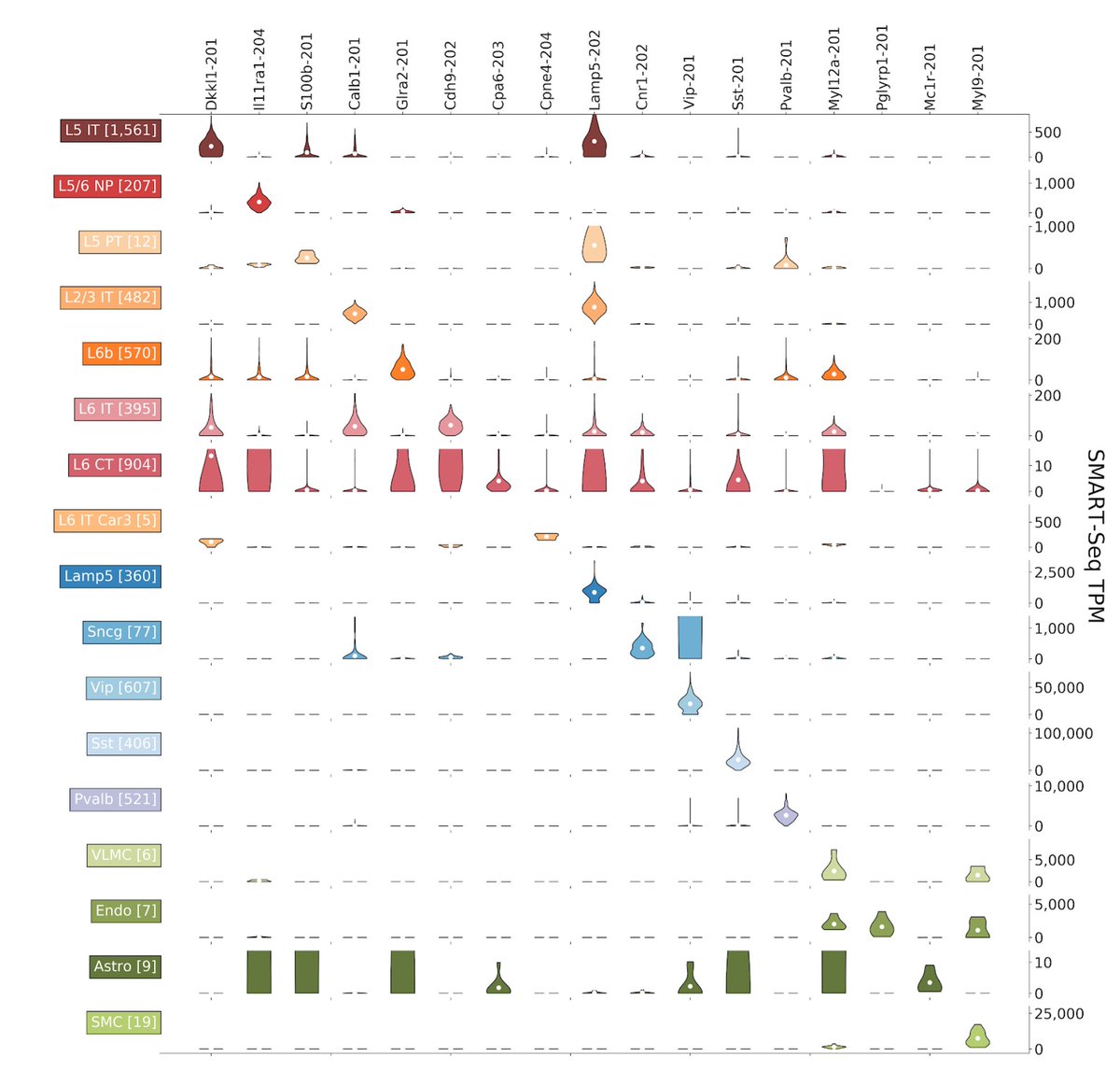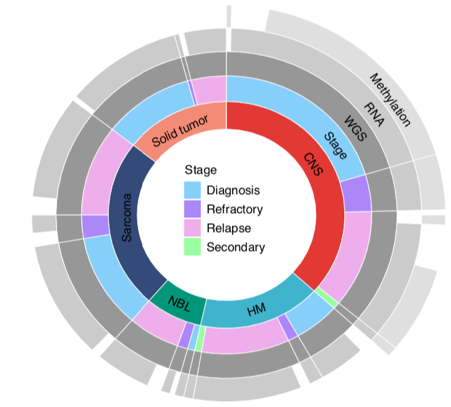Discover and read the best of Twitter Threads about #methodsmatter
Most recents (9)
Thrilled to announce my 1st paper from @stevens1lab is now published @NatureNeuro. “Dissection of Artifactual and Confounding Glial Signatures by scRNA-seq of Mouse and Human Brain”. Why is it important? a 🧵👇 #singlecell #microglia #methodsmatter 1/n
nature.com/articles/s4159…
nature.com/articles/s4159…
While the title frames this work in terms of brain, a KEY takeaway from new data in this version is that this is broadly applicable across basically all scRNA-seq (and RNA-seq) studies (especially in immunology)... 2/n
...and the artifact we discuss is unfortunately highly prevalent in current literature. So stick around even if brain isn’t your thing 😉. We thoroughly characterize the issue and provide a robust flexible solution to eliminate it as well. 3/n
The 17 #BICCN @nature papers on the primary motor cortex in mouse (+some human & marmoset) that were published yesterday are a major step forward in terms of open science for an @NIH consortium. For reference, links to the open access papers are here: nature.com/collections/ci… 1/🧵
First, the #BICCN required preprints of all the papers to be posted on @biorxivpreprint, and as a result the papers were already online 1-1.5 years ago. Of course the final versions now published have been revised in response to peer review. 2/
Speaking of peer review, almost all the papers were published along with the reviews. In combination with the preprints, this provides an unprecedented view of how consortium work is reviewed and how authors respond. Real data for this perennial debate: 3/
Many people are discussing how Turing Award winner Jeff Ullman used to have a webpage making offensive comments about Iranians and Native Americans, but no longer does. I want to give a shoutout to a person who played a small role in getting the page taken down, @PangWeiKoh. 1/
Ullman's website had been causing problems for years when Pang Wei sent a series of polite and well-argued emails to the department asking whether it might be taken down. A few weeks later the website disappeared. 2/
Many other good-hearted people contributed to this as well, of course, but I don't want to name them without their permission (please do tag them if they want to be named or let me know and I will). Still, Pang Wei played a small but important role. 3/
Excited to share first preprint from my postdoc work in Stevens lab: “Single Cell Sequencing Reveals Glial Specific Responses to Tissue Processing & Enzymatic Dissociation in Mice and Humans” a thread below #singlecell #microglia #methodsmatter 1/n
biorxiv.org/content/10.110…
biorxiv.org/content/10.110…
What started as small internal pilot in the lab, turned into full-fledged paper. I’ll detail some of the key findings in thread below. But first want to take a second and thank all of our fantastic colleagues and collaborators without whom this project wouldn’t be possible 2/n
Help from many fantastic members of Stevens lab @thammondglia , Lasse, Alec, @ConnorDufort , Sarah, @soyonhonglab and of course my mentor @stevenslab1. Continuing fantastic collaboration and advice from @macosko and his lab Tushar, Chuck, @Abdul_Squared , Naeem, and Velina. 3/n
I'm very pleased to announce our publication "Whole genome, transcriptome and methylome profiling enhances actionable target discovery in high-risk paediatric cancer" online today in @NatureMedicine rdcu.be/b76h9 Here's a tweetorial of the main findings 1/22
This research was 7 years in the making & is the first major publication from #ZeroChildhoodCancer, a joint initiative of @KidsCancerInst and Kids Cancer Centre @Sydney_Kids. #Zero is now a national precision medicine program, including all 8 hospitals and 23 research partners /2 

In a new preprint, @sinabooeshaghi et al. present deep SMART-Seq, @10xGenomics and MERFISH #scRNAseq (37,925,526,323 reads, 344,256 cells) from the mouse primary motor cortex, demonstrating the benefits of cross-platform isoform-level analysis. biorxiv.org/content/10.110… 1/15 

We produce an isoform atlas and identify isoform markers for classes, subclasses and clusters of cells across all layers of the primary motor cortex. 2/15 



Isoform-level results are facilitated by kallisto isoform-level quantification of the SMART-seq data. We show that such EM-based isoform quantification is essential not just for isoform but for gene-level results. #methodsmatter 3/15 

I read the @biorxivpreprint every day. I've recently been asked by various people what/why/how I read so here is a short thread that may be helpful to others: 1/
@biorxivpreprint I read abstracts of articles on the @biorxivpreprint every morning and every evening, and typically a few times during the day as well. I am sometimes delving into the main paper, usually starting with the supplement. 2/
@biorxivpreprint I search for articles on @Google using keywords (and filtering for "past 24 hours"), my lab has @SlackHQ channels where people post articles, I check @rxivist, and I read and search twitter by keywords for topics I'm interested in every day. I follow @biorxivpreprint. 3/
If you are interested in analyzing #SingleCell #RNAseq data in #Bioconductor using #rstats, please check out our paper Orchestrating single-cell analysis (OSCA) with @Bioconductor that was published in @naturemethods this week! #genomics #scRNAseq #dataviz #methodsmatter
@Bioconductor @naturemethods OSCA is a rich, reproducible, accessible (from beginners to experts!) resource with many #scRNAseq workflows & datasets. The resource is an online #bookdown book that compiles every night to track development by the open-source and open-development @Bioconductor #rstats community
@Bioconductor @naturemethods Now, OSCA is not the only set of packages / workflows for the analysis of #scRNAseq data. #Scanpy (scanpy.readthedocs.io/en/stable/) and #Seurat (satijalab.org/seurat/) and are two incredibly popular packages in #python and #rstats, respectively.
A thread on how to analyze *any* single-cell RNA-seq dataset *without a computer* !! This 🤯 magic made possible thanks to insights of @vntranos, @sinabooeshaghi and @pmelsted + work on kallisto | bustools 🐻🚌🛠️ by the authors of biorxiv.org/content/10.110… 1/12
@vntranos @sinabooeshaghi @pmelsted First, a demo: open the website below, click on connect, and then run the @ProjectJupyter notebook on the website by repeatedly pressing shift-enter:
colab.research.google.com/github/BUStool… The notebook should run in less than 10 minutes. 2/12
colab.research.google.com/github/BUStool… The notebook should run in less than 10 minutes. 2/12
@vntranos @sinabooeshaghi @pmelsted @ProjectJupyter Congratulations! You’ve just run an analysis of a single-cell RNA-seq dataset from scratch. The notebook downloaded the required software, streamed reads from SRA accession SRR8599150 (mouse retina), and ran kallisto|bustools for you.
ncbi.nlm.nih.gov/sra/?term=SRR8… 3/12
ncbi.nlm.nih.gov/sra/?term=SRR8… 3/12


